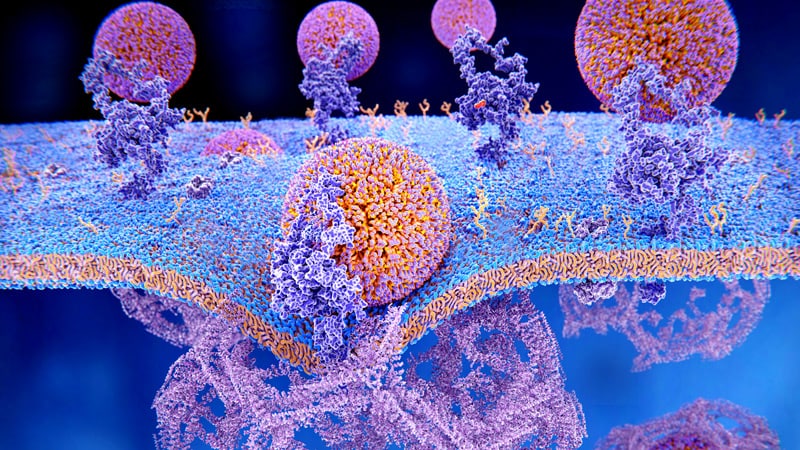TOPLINE:
The prevalence of elevated low-density lipoprotein cholesterol (LDL-C) has declined over the past two decades, but 1 in 17 Americans still have a level of 160-189 mg/dL, and 1 in 48 have a level ≥ 190 mg/dL, new research shows. Among people with the higher LDL-C level, 1 in 4 are both unaware and untreated, the authors report.
METHODOLOGY:
-
Using data on 23,667 adult participants in the National Health and Nutrition Examination Survey conducted from 1999 to 2020, researchers identified 1851 (7.8%) with an LDL-C level of 160-189 mg/dL and 669 (2.8%) with an LDL-C level ≥ 190 mg/dL.
-
Individuals were classified as “unaware” if they had never had their LDL-C measured or had never been informed of having elevated LDL-C and as “untreated” if their medications didn’t include a statin, ezetimibe, a bile acid sequestrant, or a proprotein convertase subtilisin/kexin type 9 inhibitor.
-
The authors compared the prevalence of “unaware” and “untreated” by age, sex, race and ethnicity, educational attainment, poverty index, and insurance status.
TAKEAWAY:
-
During the study period, the age-adjusted prevalence of an LDL-C level of 160-189 mg/dL declined from 12.4% (95% CI, 10.0%-15.3%), representing 21.5 million US adults, to 6.1% (95% CI, 4.8%-7.6%), representing 14.0 million adults (P < .001).
-
The age-adjusted prevalence of an LDL-C level ≥ 190 mg/dL declined from 3.8% (95% CI, 2.8%-5.2%), representing 6.6 million adults, to 2.1% (95% CI, 1.4%-3.0%), representing 4.8 million adults (P = .001).
-
Among those with an LDL-C level of 160-189 mg/dL, the proportion of who were unaware and untreated declined from 52.1% to 42.7%, and among those with an LDL-C level ≥ 190 mg/dL, it declined from 40.8% to 26.8%.
-
Being unaware and untreated was more common in younger adults, men, racial and ethnic minority groups, those with lower educational attainment, those with lower income, and those without health insurance.
IN PRACTICE:
The lack of awareness and treatment of high LDL-C uncovered by the study “may be due to difficulties accessing primary care, low rates of screening in primary care, lack of consensus on screening recommendations, insufficient emphasis on LDL-C as a quality measure, and hesitance to treat asymptomatic individuals,” the authors conclude.
SOURCE:
The research was led by Ahmed Sayed, MBBS, Faculty of Medicine, Ain Shams University, Cairo, Egypt. It was published online November 1, 2023, as a Research Letter in JAMA Cardiology.
LIMITATIONS:
The analysis was limited by a small number of participants with LDL-C levels ≥ 190 mg/dL, possible nonresponse bias, and dependency on participant recall of whether LDL-C was previously measured. The inclusion of pregnant women may have influenced LDL-C levels.
DISCLOSURES:
Sayed has no relevant conflict of interest. The disclosures of other authors are listed in the original publication.
Source: Read Full Article
